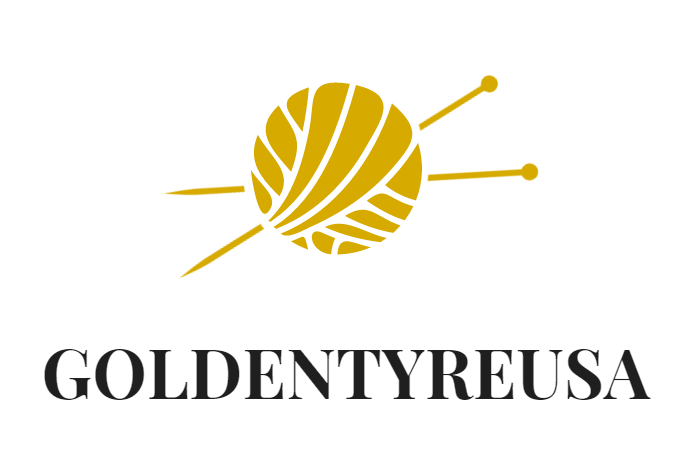If you've ever replaced your standard wheels with aftermarket wheels, you're aware of several types of lug nuts. Perhaps you discovered that someone's old 60mm M12X1.5 Wheel Lug Nuts do not fit on their new wheels. The size, taper, and thread pitch of lug nuts vary. Your lug nut type may differ depending on the wheel or purpose—how do you understand which ones to utilize for your application?
After you've decided on your new aftermarket wheel and tyre package, you'll probably want to look into some aftermarket lug nuts to enable you to attach it all to your truck or automobile. Remember that all aftermarket wheels necessitate the use of aftermarket lug nuts because stock ones do not fit. The more you understand concerning lug nuts, the safer your but instead vehicle wheels will be.
Types Of Lug Nuts Are Right For You
● Hexagon Nut
The most frequent form of lug nuts is the hex nut. It has a head that has the shape of a hex. It threads onto the wheel screw to keep it secure. You will see the wheel studs are just the connected studs that protrude from the steering knuckle (and if you own a Subaru, you've damaged a lot of wheel studs). Hex nuts exist in various types that vary depending on the form required to sit well on the wheel.
Hex nuts are normally composed of steel and chrome plated. However, they are also available in featherweight materials such as aluminum (which can be anodized in various colors) or titanium.
● Seat Spherical
A round seat lug is another name for it. The lug's section, which communicates with the wheel, has a hex-shaped head and now a round/dome-shaped end on wheels with dome-shaped lug holes, which are popular on European vehicles that do not employ lug bolts. I'll go into more detail about lug bolts later.
● Seat Conical
A frequent style of lug nut is the conical seat. This design is distinguished by its lug seats that are shaped like cones. You will see that they have a 60-degree taper that conserves the lug onto the wheel when tightened. Conical seats differ from spherical seats in that they are angled. Because of similar looks, they are typically referred to as hazelnut lug nuts. For use with 60-degree curved lug holes on aftermarket wheels. For racing purposes, steel, aluminum, and even titanium are commonly used.
● Mag Washer with a Flat Washer
The mag category has a distinct appearance, with a large thread and even a flat laundry seat that allows them to lie flush against the wheel. As opposed to spherical and conical seats, Mag-type seats sit flat on the edge of a wheel. These are most likely the lug nuts that came with your vehicle. The mag version with flat seat clothes dryer can be seen on many chrome plated wheel applications.
Conclusion
Once you've determined whether the model of lug nut visitors require, make sure you have the necessary thread pitch but instead wheel torque standards. Otherwise, the nut may not adequately secure the wheel to the hub. This can result in cross-threaded wheel studs, damaged wheel studs, or one wheel falling from off an automobile! The size, taper, and thread pitch of lug nuts vary. Every lug nut type would depend largely on the vehicle or purpose.


